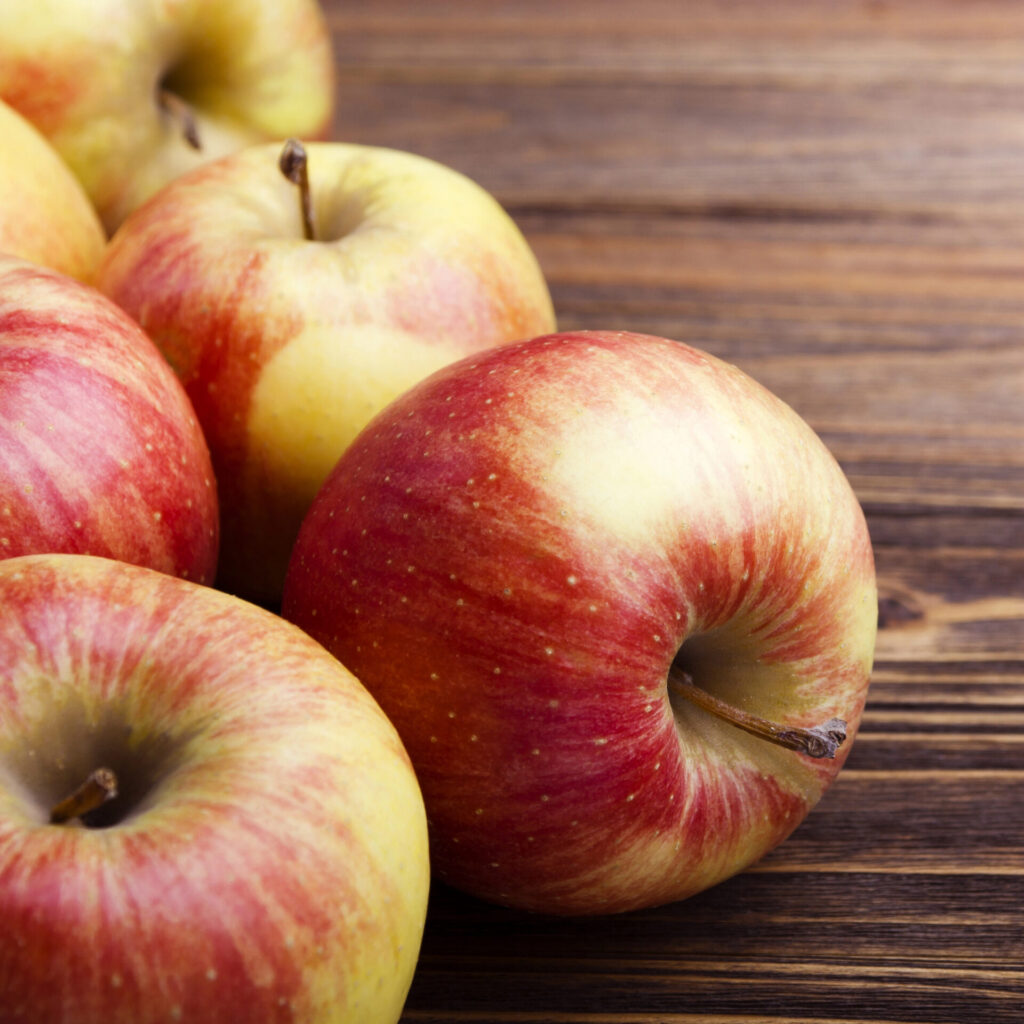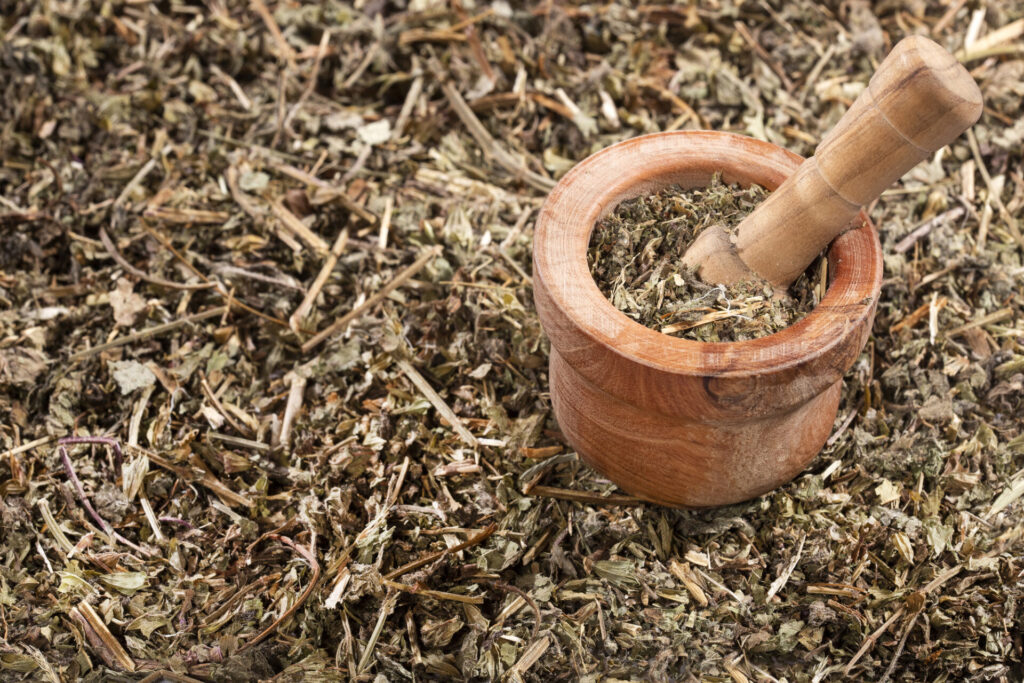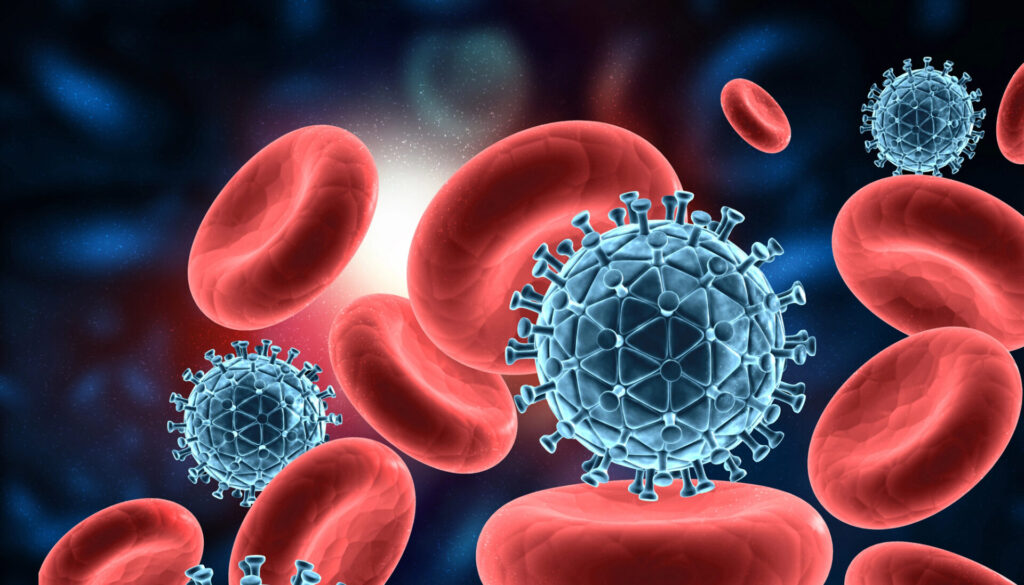Flavonoids’ anti-inflammatory and antioxidant properties help to target the fundamental mechanisms underlying many chronic diseases. A proposed dietary guideline for flavonoids in 2022 recommends 400-600 mg of flavan-3-ols for cardiometabolic health. This is equivalent to approximately 2-4 8-oz cups of tea daily.
Flavonoids represent 5 subclasses across a broad diversity of foods and include:
- flavan-3-ols: green/black/oolong tea, apples, berries, bananas, peaches, pears, grapes, dark chocolate
- flavonols: onions, tea, apples, tomatoes, grapes, dark chocolate
- anthocyanins: dark berries, cherries, pears, red cabbage, plums, black beans, grapes
- flavanones: citrus fruits
- flavones: parsley, peppers, celery, oranges
Many studies have assessed flavonoid quantity and their ability to improve health. A new study investigated whether higher flavonoid diversity also contributes to health outcomes.
A large, prospective, population-based cohort study published in Nature Food evaluated dietary flavonoid consumption in 124,805 UK Biobank participants. Adults aged 40-69 years were enrolled, and the study collected data over approximately 10 years of follow-up. Participants completed the Oxford WebQ 24-h dietary questionnaire at regular intervals throughout the study period.
Several models adjusting for covariates were used to understand whether health outcomes were related to flavonoid intake alone or could be explained by other variables. Covariates included sex, region of residence, number of dietary assessments, BMI, smoking status, physical activity, alcohol intake, education, ethnicity, socioeconomic status plus intakes of red and processed meat, refined grains, whole grains, sugary drinks, coffee, saturated fatty acids, sodium and dietary energy, and history of diabetes, hypertension, and hypercholesterolemia.
The Shannon equation is a diversity index commonly used in microbiome studies, and in this study was applied to assess dietary flavonoid diversity. This approach separates the independent benefits of flavonoid diversity versus quantity for health outcomes. Participants with the lowest diversity of flavonoid compounds consumed mostly tea, whereas those with the highest diversity consumed relatively more berries, apples, grapes, red wine, and oranges.
Both the quantity and the diversity of total dietary flavonoid intake were independently associated with a lower risk of all-cause mortality and chronic disease, including cardiovascular disease (CVD), type 2 diabetes, cancer, respiratory disease, and neurodegenerative disease. Participants consuming the widest diversity of flavonoids had a 6-20% significantly lower risk of all-cause mortality and incidence of these chronic diseases.
Because this is an observational study, it cannot prove cause and effect, only an association. The observed benefits of higher flavonoid diversity might also be due to other healthy compounds present in flavonoid-rich foods.
Conclusions
So… does an apple a day really keep the doctor away? Notably, a 2015 study entitled Association Between Apple Consumption and Physician Visits set out to answer this very question. Researchers concluded it didn’t result in fewer doctor visits, but daily apple eaters do use fewer prescription medications. Apple eating may help keep the pharmacist away…
The take-home message is that a higher quantity and wider diversity of flavonoid-rich foods is better for longer-term health than either component alone. In practical terms, this means consuming several different daily servings of flavonoid-rich foods or beverages such as tea, berries, apples, oranges, grapes, and others.
The findings suggest that a broader spectrum of flavonoid sources is more beneficial than consuming individual subclasses in isolation. The study authors suggest that “future guidelines could be reframed to also consider recommending intake from a range of sources”.






